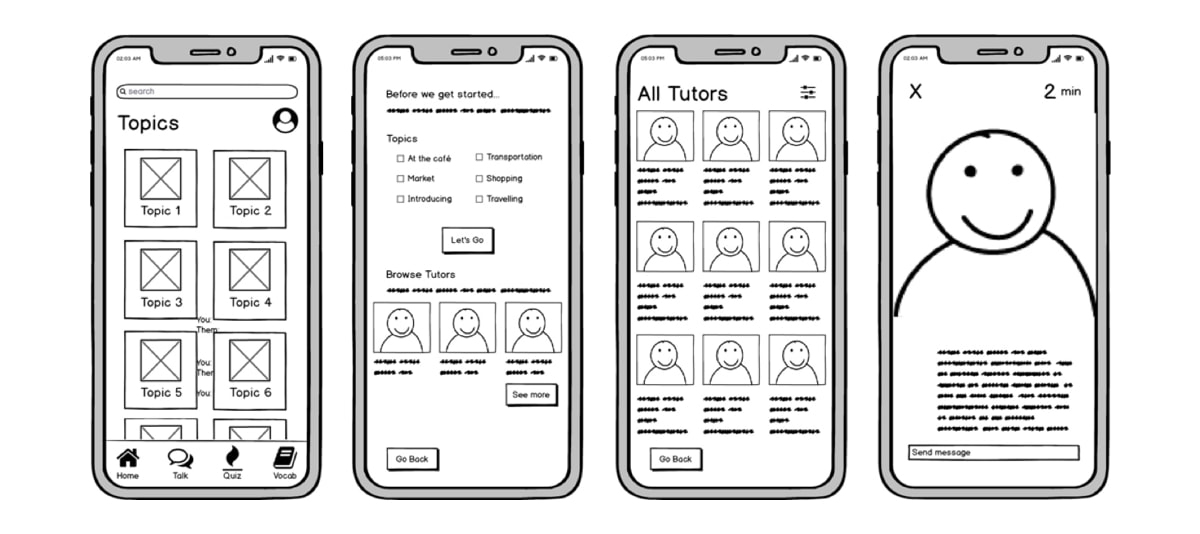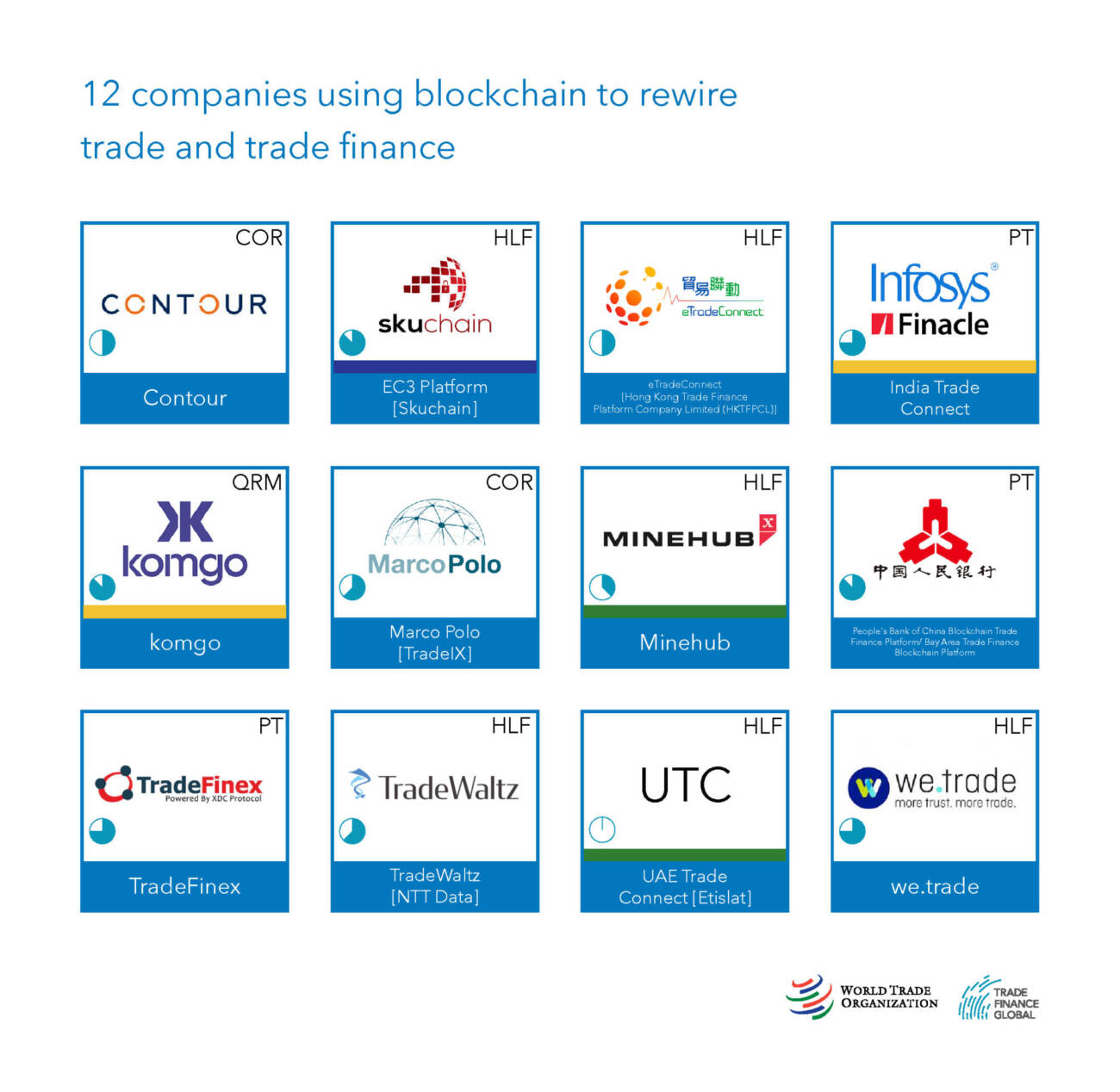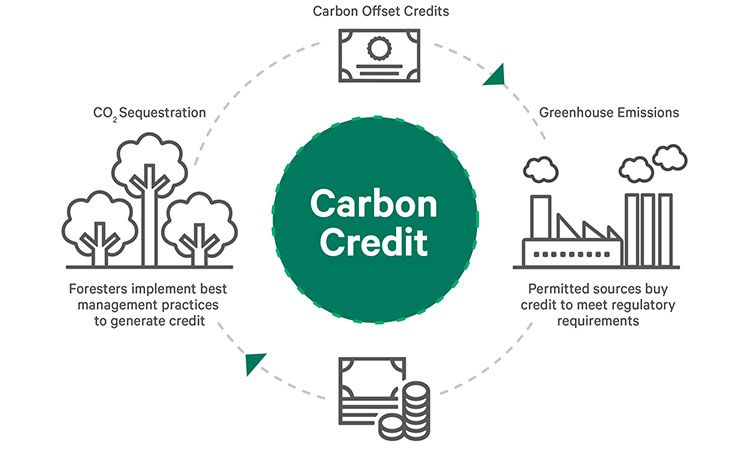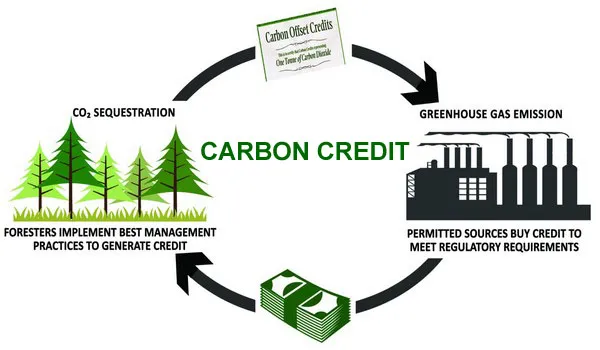
Save your cash, build wireframes
November 11, 2022
Trade Finance – The Web3.0 way
November 22, 2022As a country, Pakistan is one of the most vulnerable to climate change. The national economy depends on agriculture and energy production, but it also faces severe water shortages as well as pollution problems due to coal-fired power plants. With more than half of its population living in poverty, these issues have led many experts to believe that carbon offsets could be an effective way for Pakistan to fight climate change.
Land use changes in Pakistan may be the key to offsetting climate change
Pakistan has a high potential for carbon sequestration. Carbon sequestration is the process of removing carbon dioxide from the atmosphere and storing it in terrestrial ecosystems. This can be done through vegetation management, soil fertility management, agroforestry systems or even afforestation (planting trees).
The government spends approximately $1 billion on tree planting alone each year but this pales in comparison with what could be achieved if more investment were targeted at areas that have less potential for sequestering carbon than others.
The future of carbon offsetting?
Carbon offsetting is a valuable tool to limit climate change. It’s also one of the most controversial ways to cut emissions and pay for them, with critics saying it’s an ineffective way of reducing emissions.
Carbon offsetting involves buying carbon credits from companies that have reduced their own greenhouse gas output by using renewable energy sources or other projects that reduce global warming pollution. The credits are sold in auctions, where participants can buy them at set prices based on how much they’re willing to pay per tonne of CO2 eliminated (or reabsorbed).
Using tech to fight climate change
In this article, we’ll look at how carbon offset projects are being used to fight climate change. We’ll talk about the benefits of using tech to fight climate change, as well as challenges that arise from using technology in this way.

The potential of Pakistan
Pakistan has the potential to offset carbon, and this is not just because of its large population. While it may seem like there’s nothing that can be done about climate change in Pakistan, that’s not true at all. In fact, there are many ways in which Pakistani citizens can take steps towards mitigating its effects on our planet today—and these steps also have the potential to help us come up with solutions for tomorrow.
One way that Pakistan could help combat climate change is by reducing deforestation rates across the country. Forests play an important role in absorbing CO2 from the atmosphere through photosynthesis; when trees are cut down or burned down after being harvested from forests, they release CO2 into our atmosphere rather than store it within their trunks and branches (which would otherwise happen if left intact). By reducing deforestation rates within Pakistan itself—not just stopping it altogether but actually slowing down their rate—we’ll be able to reduce global warming even more effectively; after all, if we keep lowering levels of deforestation around here at home rather than just outside our borders abroad then we’ll be able exceed targets set forth by international agreements without having any negative consequences whatsoever!
Pakistan at present possesses a very small share (0.4 percent) of the CT market. One possible explanation for this small share can be that a country having significant population below poverty line cannot afford to allocate significant resources for monitoring climate change The government has created a Clean Development Mechanism.
If the market takes over and the government only provides a policy framework then Pakistan can benefit immensely.
Your carbon offsets at work
You can use carbon offsets to reduce your emissions and help the climate.
Carbon offsets are a way for you to make up for the greenhouse gas emissions you produce, giving your company more credit than it would have otherwise. They’re also a gift or donation that can be used in various ways, such as funding projects that reduce climate change or supporting programs like clean energy research and development.
If you want to get started with carbon offsetting at work, there are several options available:
How to get started with carbon offsets?
If you are looking for a way to reduce your carbon footprint, then the first step is to find out if you are eligible. Platforms like Patch.io can help. Pakistan needs to be bring itself on the carbon trading map by creating carbon offsetting projects. These projects can then be verified by one of the leading certification bodies, then it could be listed on a platform like Patch.io and sold online against carbon credits.
Carbon offsets are a valuable tool to limit climate change.
Carbon offsets are a valuable tool to limit climate change. They can be used to reduce emissions and build resilience, help communities adapt to climate change, or fund projects that reduce emissions and build resilience.
Conclusion
We hope you’ve enjoyed learning more about the potential of carbon offsets, and that they can help you reduce your carbon footprint. We know it’s not always easy to live a happy and healthy lifestyle, but with these steps we have found that it is possible!






